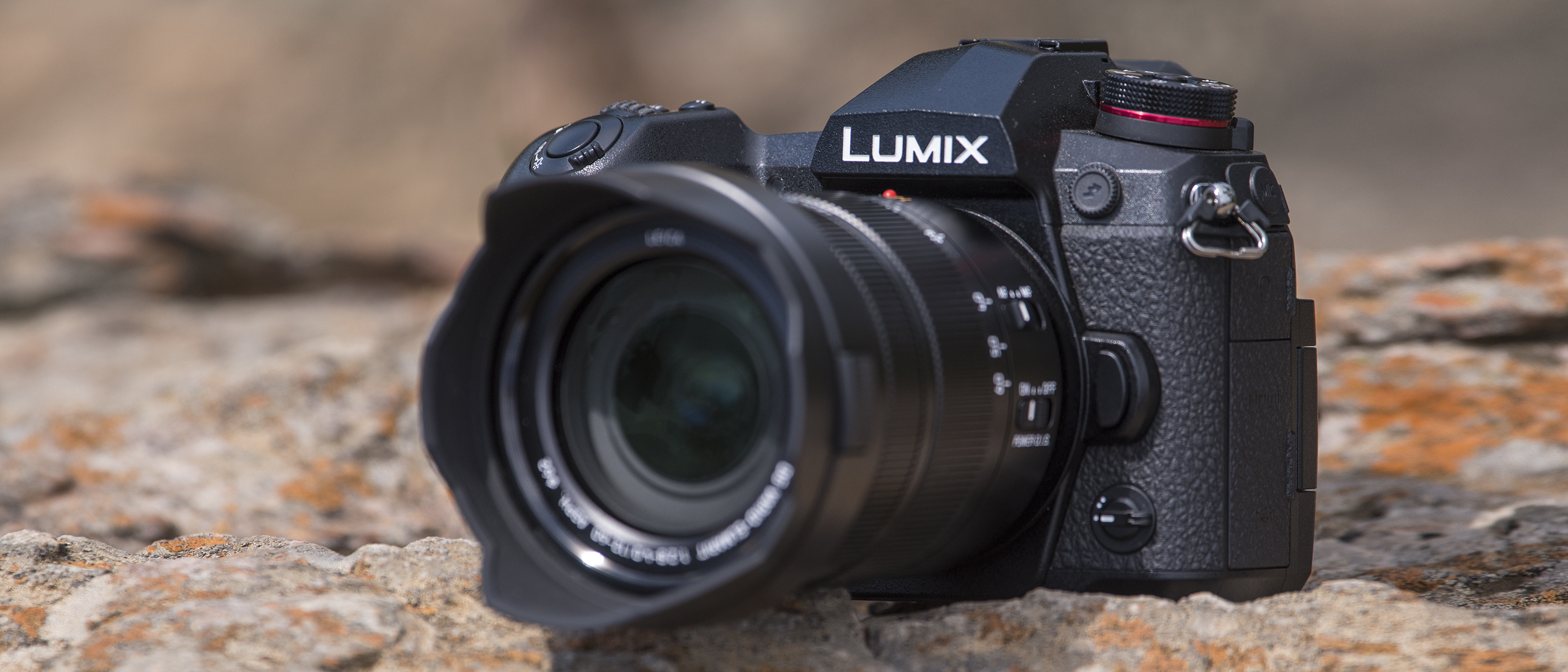TechRadar Verdict
Excellent image quality, 60fps shooting, polished handling and a wealth of advanced features add up to make the Lumix G9 a brilliant all-round mirrorless camera and Panasonic's best mirrorless camera to date.
Pros
- +
6.5-stop image stabilization
- +
Up to 60fps burst shooting
- +
Large viewfinder
- +
Great grip and handling
- +
Dual UHS-II card slots
Cons
- -
ISO range could be broader
- -
Reduced screen size compared to GH5
- -
Battery level not shown as a percentage
Why you can trust TechRadar
The Lumix G9 is Panasonic's new flagship mirrorless camera, sitting alongside the Lumix GH5 in the range.
Despite the GH5 being the company's most stills-orientated flagship camera so far, it's still seen by many as primarily a videographer's tool that just happens to also have a wealth of photography features on tap.
The arrival of the Lumix G9, then, is designed to rectify this situation. While it has many of the same specs as the GH5 it offers more features designed to appeal to the stills photographer, while sacrificing some of the advanced video features that many target users aren't likely to need.
With 2018 marking 10 years since Panasonic launched the world's first-ever mirrorless camera, could the Lumix G9 be the perfect way to celebrate?
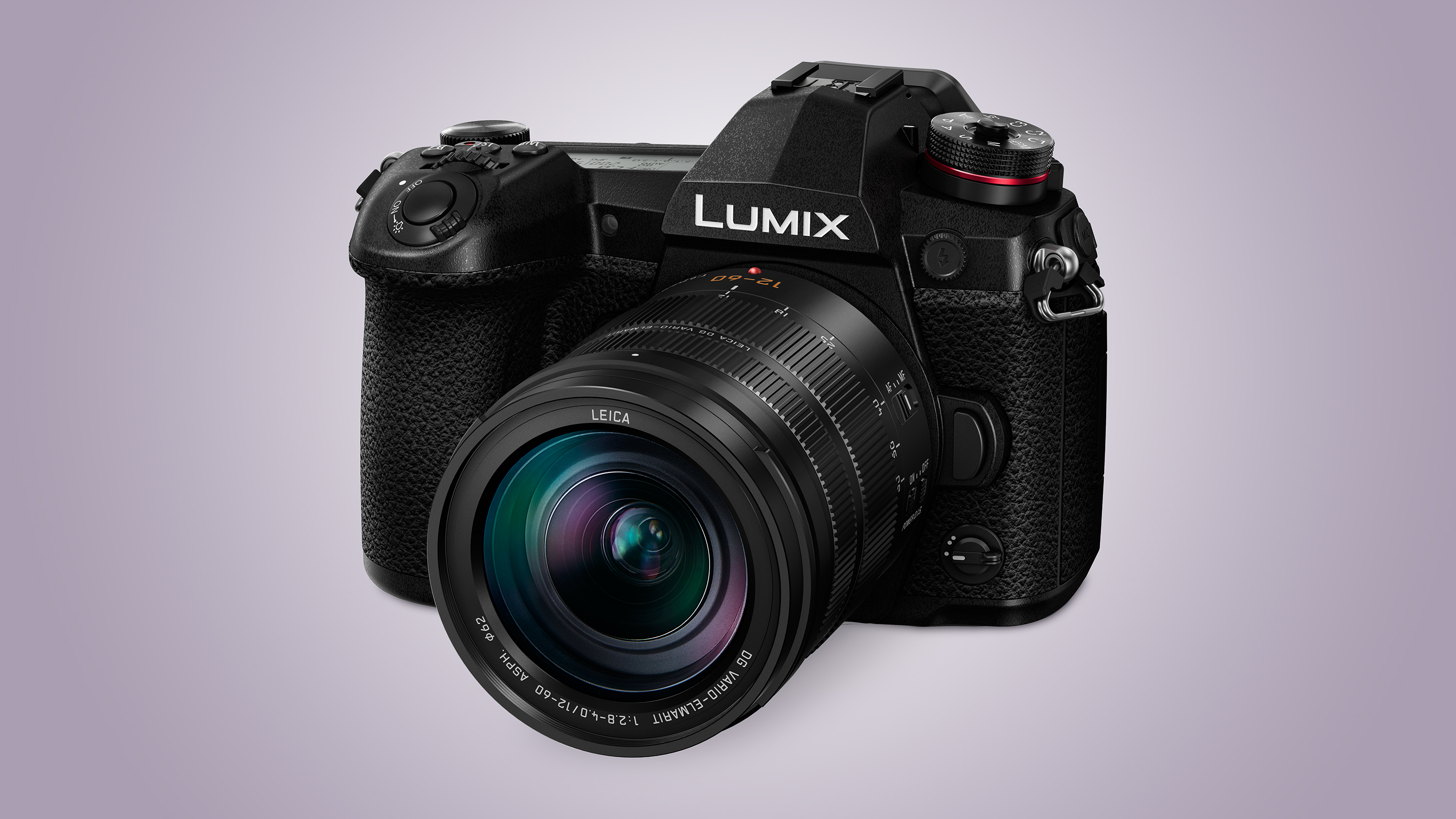
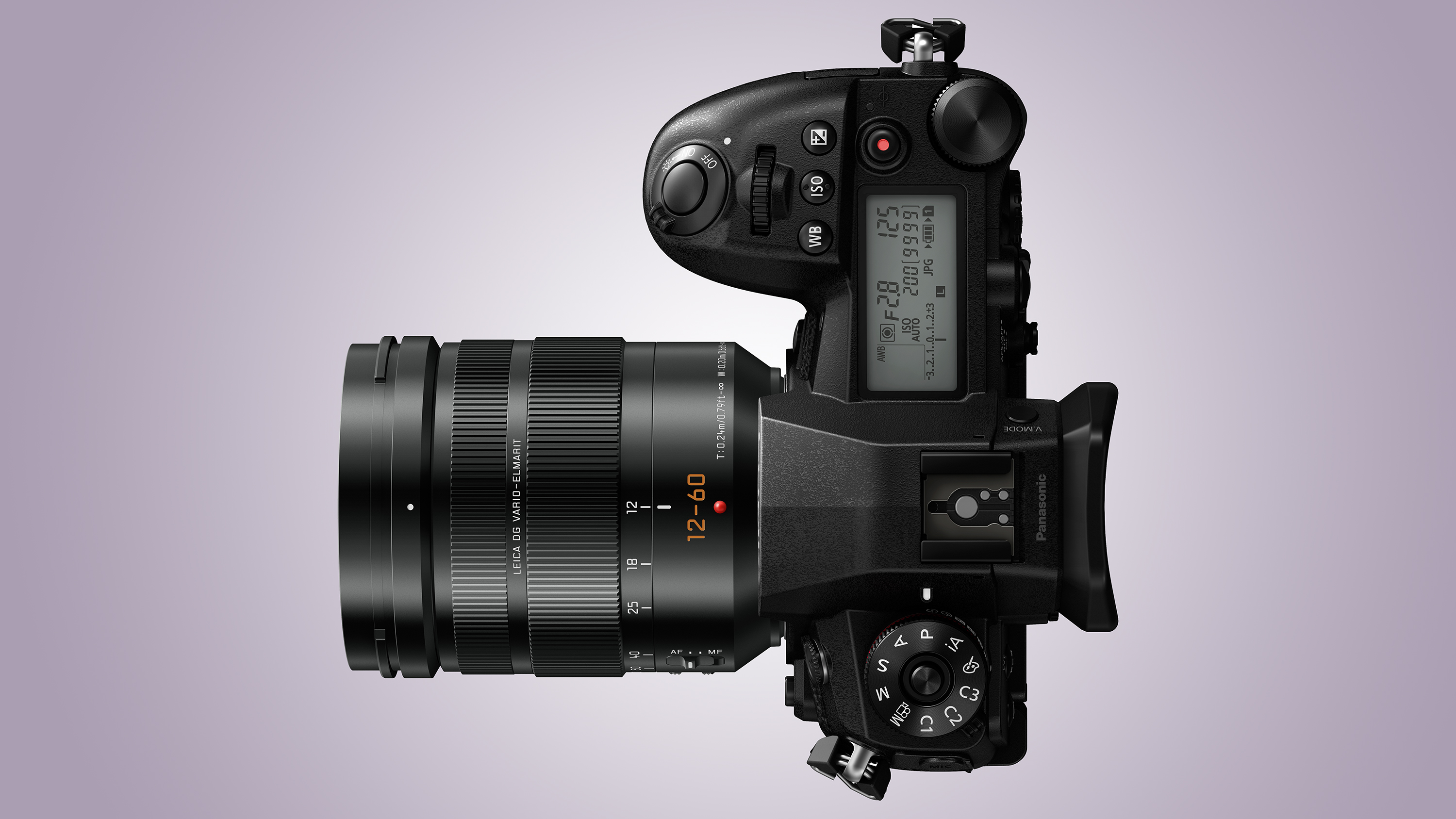
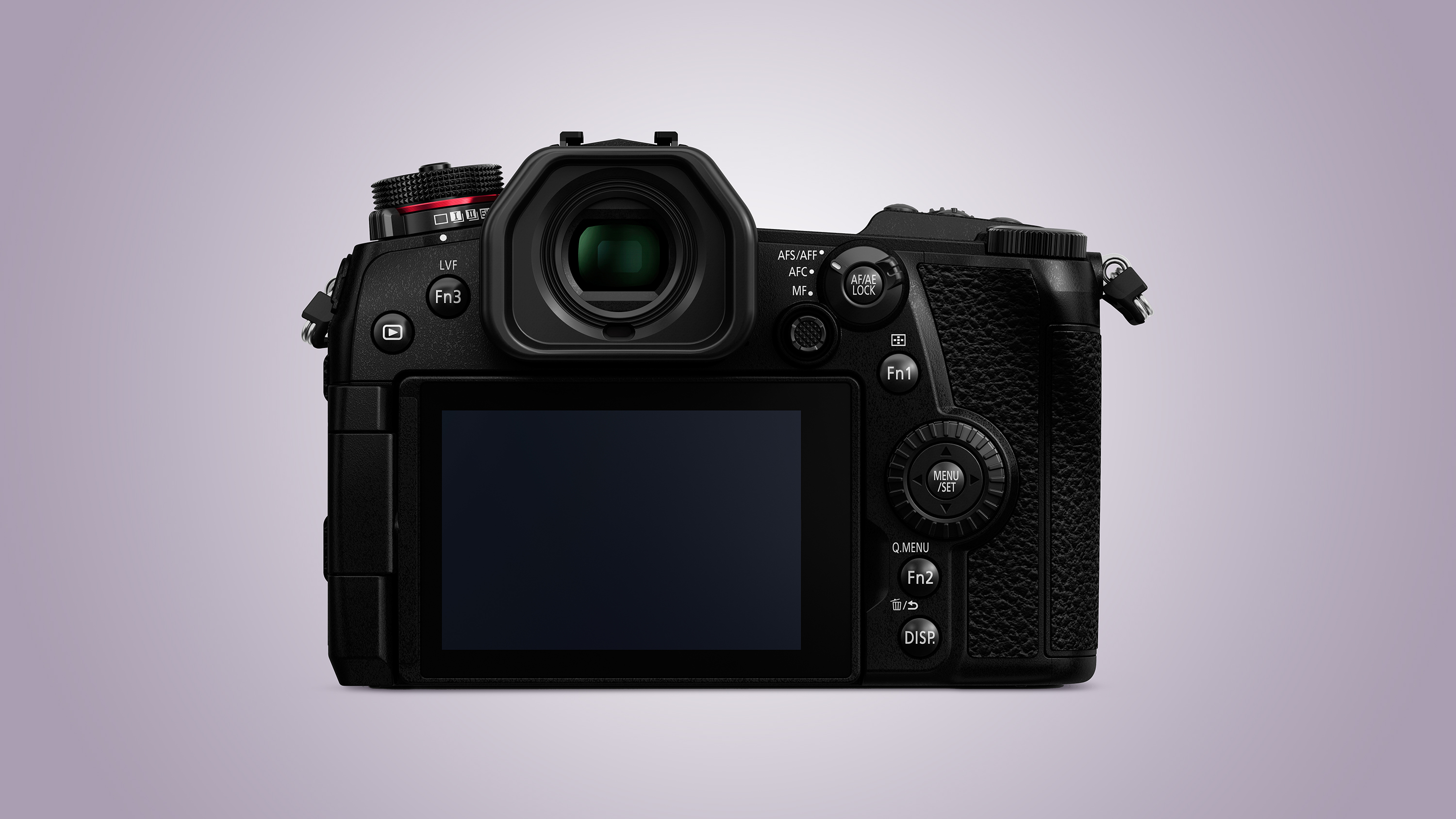


Features
- Micro Four Thirds Live MOS sensor, 20.3MP
- 3-inch vari-angle touchscreen, 1,040,000 dots
- 6.5-stop built-in image stabilization system
The Lumix G9 gets the same 20.3MP Micro Four Thirds Live MOS sensor as the Lumix GH5, which means that, as on that camera, there's no low-pass filter. And if 20.3MP isn't quite enough resolution for you, the G9 also features a new High Resolution mode, which outputs files at an equivalent 80MP. This works by combining eight images that have been taken in rapid succession, with small sensor shifts between each one, which means that, unlike with some rival systems, a tripod is a must when using this mode.
The sensitivity range remains the same as in the GH5, running from ISO100 to 25,600; this is a spec we'd have liked to have seen improved, as the G9 lags a little behind rivals like the Fujifilm X-T2 and Nikon D500, but Panasonic believes image quality has been refined over the GH5 thanks to the inclusion of its latest Venus processing engine.
The 5-stop in-body image stabilization (IS) system in the GH5 impressed, and the Lumix G9 takes things a step further with a class-leading 6.5-stop system. Panasonic has achieved this by using – wait for it – angular velocity and motion vector information from not only the gyro-sensor, but from the accelerometer and image sensor as well.
Sign up for breaking news, reviews, opinion, top tech deals, and more.
The Lumix G9 takes things a step further with a class-leading 6.5-stop IS system
The Lumix G9 features a large and bright electronic viewfinder with an impressive 3,680,000-dot resolution. While that number is the same as on the GH5, the magnification has been bumped up from 0.76x to 0.83x (35mm equivalent), while the display runs at a smooth 120fps. For action shooters, the feed is blackout-free when using the camera's burst shooting mode, while there’s also a night mode, plus an AF Point Scope integrated into the viewfinder design.
On the rear of the camera is a vari-angle 3-inch touchscreen display with a 1,040k-dot resolution – it's a bit smaller than the 3.2-inch touchscreen on the GH5, but it does feature a night mode for low-light shooting.
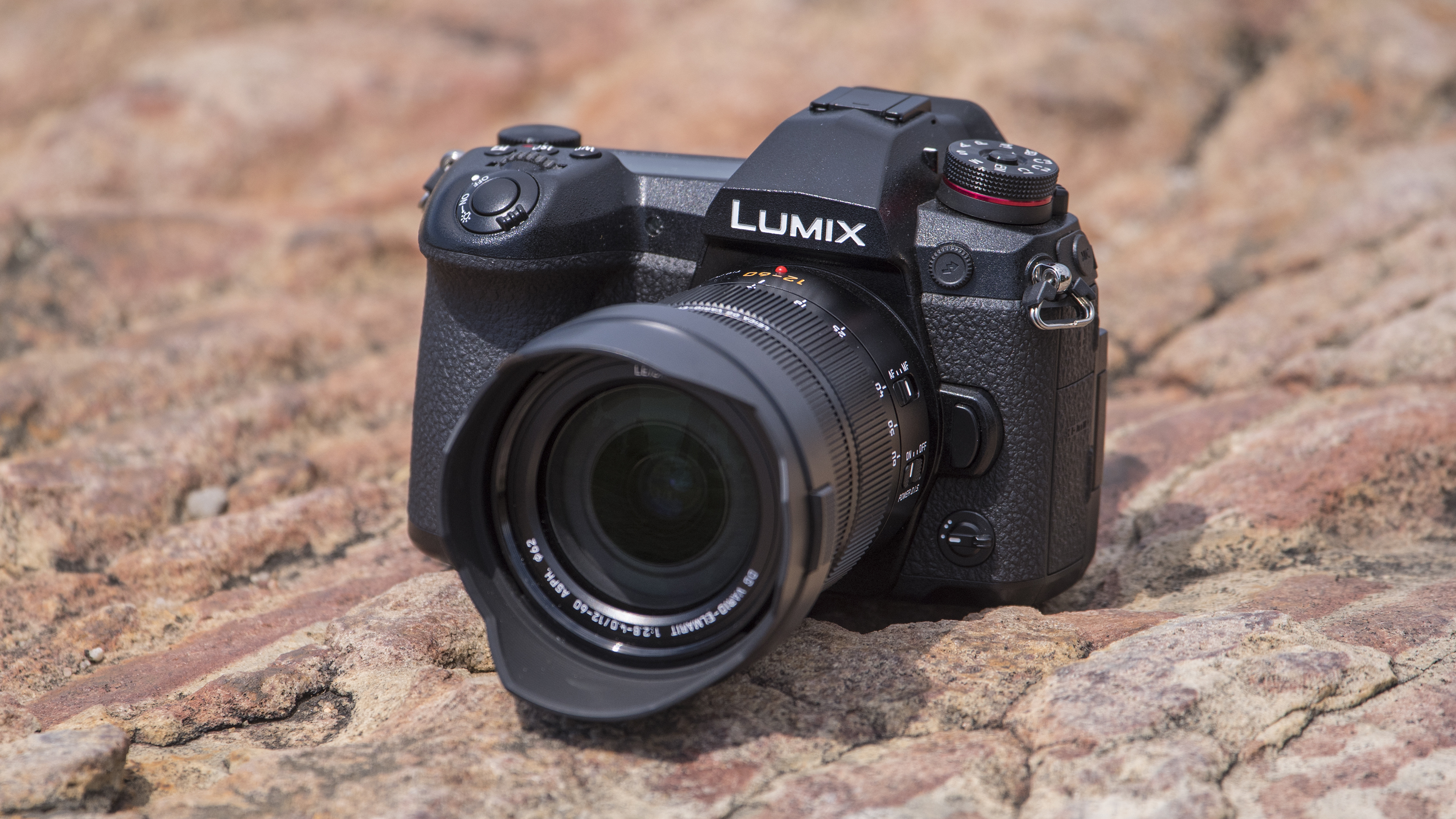
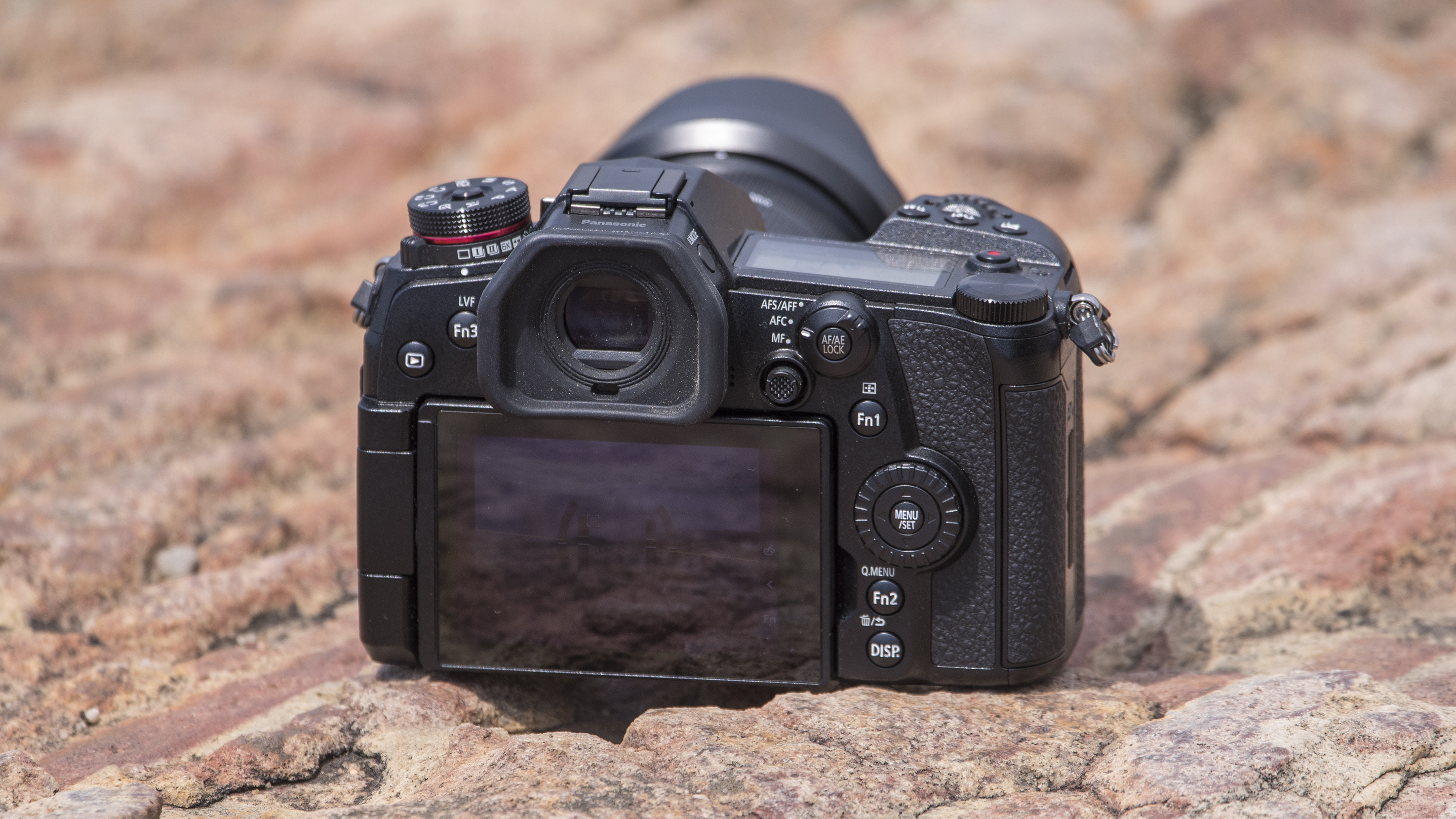
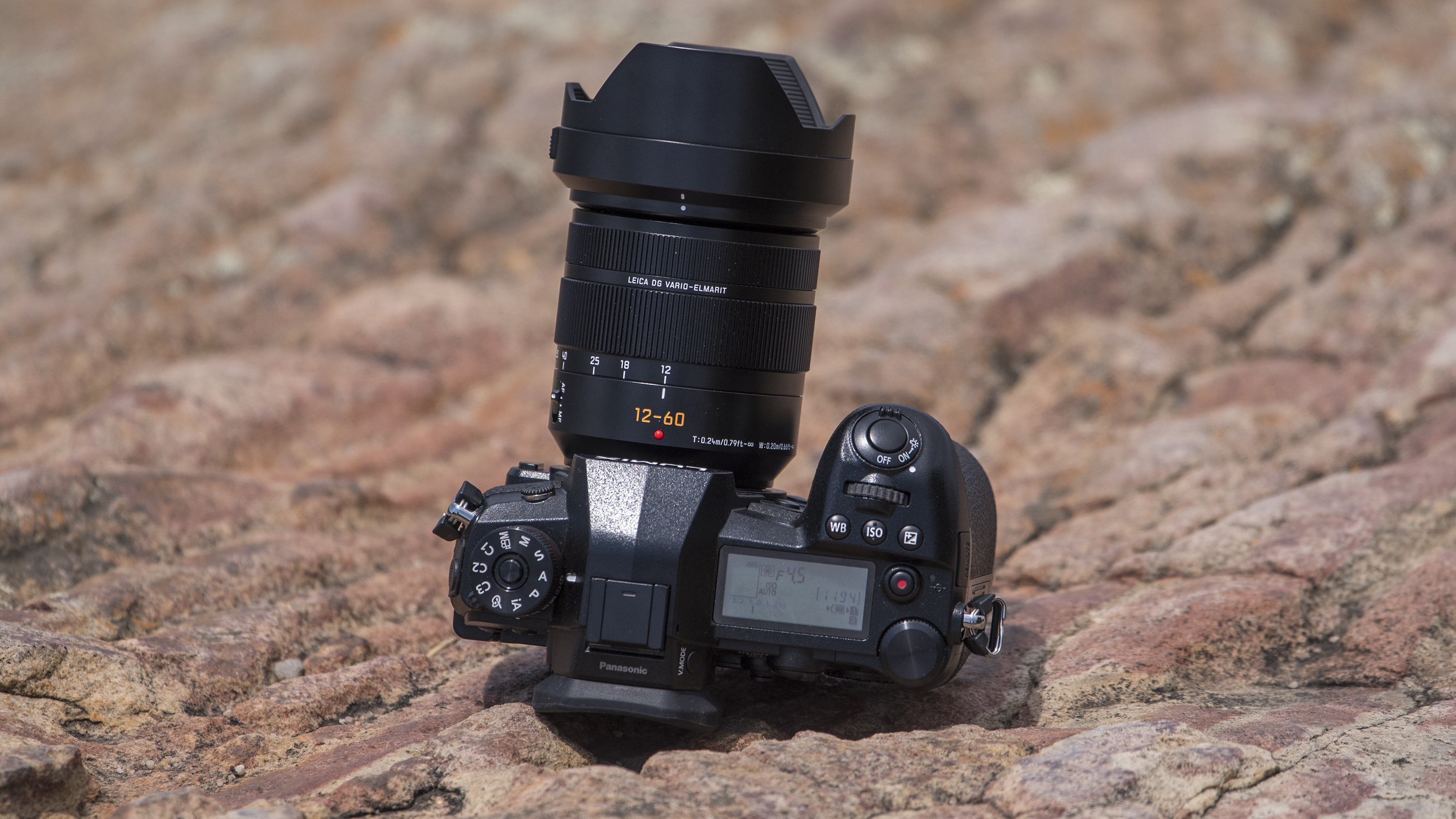
As you'd expect for a camera that's designed to appeal to a slightly different market than the GH5, the G9 doesn't have quite the same video credentials. That said, you can still shoot 4K video at up to 60fps – and that's Cinema 4K (4096 x 2160) too.
There's both Wi-Fi and Bluetooth Low Energy connectivity, with the latter enabling a constant connection to your smartphone with minimum power consumption.
The G9 gets dual SD card slots, both of which support the UHS-II format for fast transfer speeds, as long as you've got a compatible card.

Phil Hall is an experienced writer and editor having worked on some of the largest photography magazines in the UK, and now edit the photography channel of TechRadar, the UK's biggest tech website and one of the largest in the world. He has also worked on numerous commercial projects, including working with manufacturers like Nikon and Fujifilm on bespoke printed and online camera guides, as well as writing technique blogs and copy for the John Lewis Technology guide.
